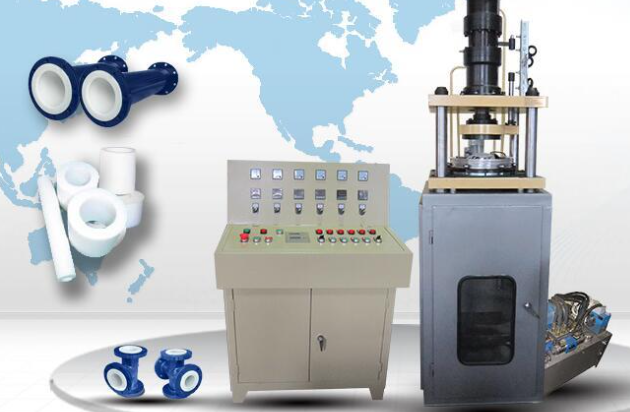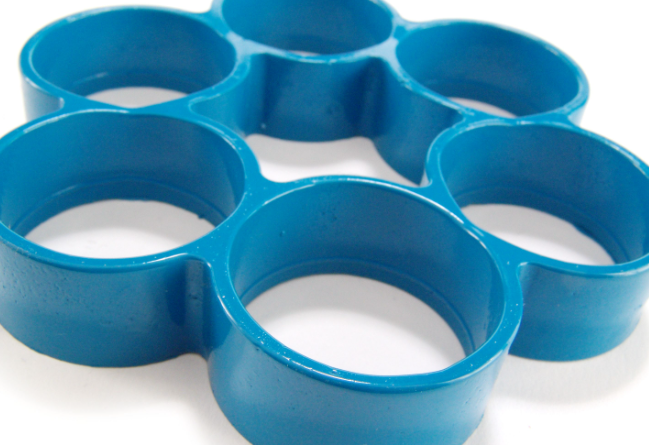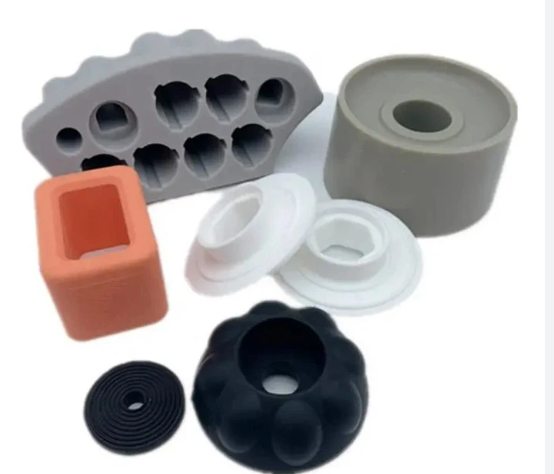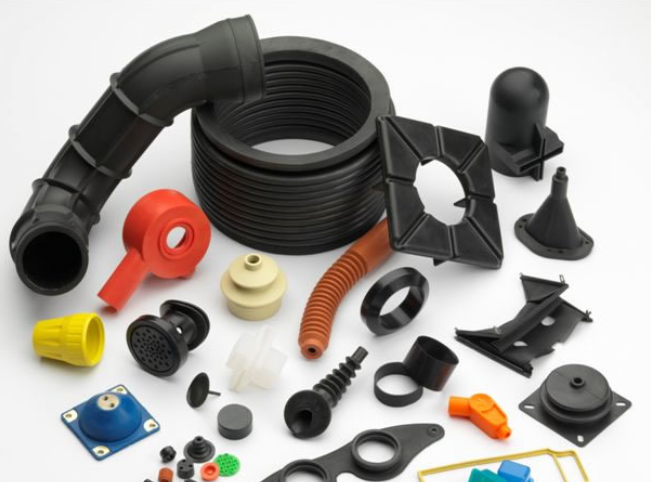Distinguishing Extrusion from Compression Moulding: Process Mechanics, Material Selection, Industrial Uses, and Their Unique Advantages.

Understanding Extrusion Moulding
Extrusion Moulding Overview Extrusion moulding, a critical process in manufacturing, involves pushing heated material through a die to shape it into a continuous profile. This method stands out for its ability to produce items with uniform cross-sections efficiently.
Key Components of the Process
- Heating: The raw material, often plastic or metal, heats to a malleable state.
- Die Design: The die, a custom-made tool, determines the profile of the extruded part.
- Pushing Mechanism: A screw or ram pushes the material through the die.
- Cooling: Post-extrusion, the product cools and solidifies into its final shape.
The Process of Extrusion Moulding
Preparation and Setup
- Material Selection: Choose appropriate materials like polymers, metals, or ceramics based on the product requirements.
- Die Design: Design the die with precise specifications for the desired profile.
Execution
- Heating the Material: Heat the material to the required temperature for optimal malleability.
- Extrusion: Force the material through the die using a screw or hydraulic ram.
- Controlling Parameters: Monitor and adjust parameters like speed, temperature, and pressure for consistent quality.
Post-Extrusion Processes
- Cooling: Cool the extruded product to retain its shape.
- Cutting and Finishing: Cut the continuous profile to the required length and perform any necessary finishing processes.
Applications and Examples
Widespread Uses
- Construction Materials: Produce items like PVC pipes, window frames, and siding.
- Automotive Parts: Manufacture components like trim, seals, and hose tubing.
Advantages of Extrusion Moulding
- Efficiency: High production speed for continuous profiles.
- Versatility: Ability to produce a wide range of shapes and sizes.
- Cost-Effectiveness: Reduced material waste and lower operational costs.
Challenges and Limitations
- Design Constraints: Limited to products with a uniform cross-section.
- Material Limitations: Not all materials are suitable for extrusion moulding, impacting quality and durability.
Exploring Compression Moulding
Overview of Compression Moulding Compression moulding is a widely used technique in manufacturing, especially for thermosetting plastics. It excels in producing large, relatively intricate parts and is known for its cost-effectiveness and material efficiency.
Process Characteristics
- Mould Setup: A two-part mould comprises a cavity and a core.
- Material Placement: Place the raw material, typically in a pre-heated form, into the mould cavity.
- Mould Closure and Pressure Application: Close the mould and apply pressure to shape the material.
- Curing and Cooling: The material cures under heat and pressure, then cools to solidify.
The Mechanics of Compression Moulding
Preparation Phase
- Mould Design: Design the mould with precise dimensions and surface finish.
- Material Preparation: Prepare the material, often in a preform or sheet state, for optimal moulding results.
Operational Steps
- Placing the Material: Place the material in the mould’s cavity.
- Mould Closure and Pressing: Close the mould and apply pressure using a hydraulic press.
- Heating and Curing: Heat the mould to cure the material, typically a thermoset polymer.
Finishing Process
- Cooling and Ejection: After curing, cool the mould and eject the part.
- Post-Processing: Perform any additional finishing, like trimming or drilling.

Use Cases and Materials
Diverse Applications
- Automotive Components: Produce parts like bumpers, fenders, and housing components.
- Electrical Insulation: Fabricate insulating components for electrical assemblies.
Material Selection
- Thermosetting Plastics: Commonly use materials like phenolic resins, polyester, and epoxy.
- Composites: Incorporate fibers like glass or carbon for reinforced plastics.
Advantages of Compression Moulding
- Cost-Effective Production: Ideal for high-volume manufacturing due to low per-part cost.
- Material Efficiency: Minimizes waste as the exact amount of material is used.
- Quality and Durability: Produces strong, durable parts with excellent finish.
Limitations and Considerations
- Initial Setup Cost: High initial investment in mould design and manufacturing.
- Size Limitations: Limited to producing relatively large parts, affecting efficiency and speed.
Comparative Analysis
Comparison Overview This section delves into the distinct characteristics of extrusion and compression moulding, two prevalent manufacturing processes. Each has unique advantages and limitations, making them suitable for different applications.
Key Differences Between Extrusion and Compression Moulding
Process Mechanics
- Extrusion Moulding: Involves forcing material through a die to create continuous shapes. It’s continuous and suitable for long sections.
- Compression Moulding: Involves placing material in a heated mould cavity and applying pressure to shape it. This method is batch-based and ideal for large, intricate parts.
Material Usage and Waste
- Extrusion: Generates minimal waste as materials are continuously fed through the die.
- Compression: Utilizes pre-measured material amounts, reducing excess waste but requiring more precise material preparation.
Production Speed and Efficiency
- Extrusion: Known for its high production speed and efficiency, especially for long runs.
- Compression: Generally slower due to the batch process but offers high-quality outputs for complex shapes.
Advantages and Disadvantages of Each Method
Advantages of Extrusion Moulding
- Cost-Effectiveness: Lower operational costs due to continuous processing.
- Versatility: Capable of producing a wide range of profiles and shapes.
- Efficient Material Use: Reduces material waste significantly.
Disadvantages of Extrusion Moulding
- Design Limitations: Restricted to uniform cross-sectional profiles.
- Material Restrictions: Not all materials are suitable for extrusion processes.
Advantages of Compression Moulding
- Complex Part Production: Excels in creating large, complex parts.
- High-Quality Finish: Provides superior surface finish and part detail.
- Material Diversity: Accommodates a wide range of thermoset materials and composites.
Disadvantages of Compression Moulding
- Higher Production Costs: Due to the batch nature and longer cycle times.
- Size Limitations: Not ideal for small or extremely intricate parts.
- Initial Investment: Higher mould and setup costs compared to extrusion moulding.

Material Considerations
Importance of Material Selection Selecting the right material is crucial in moulding processes. The choice impacts not only the production efficiency and cost but also the quality, durability, and performance of the final product.
Suitable Materials for Each Process
Materials for Extrusion Moulding
- Thermoplastics: Such as polyethylene, PVC, and polystyrene, known for their ease of melting and reshaping.
- Thermoplastic Elastomers: Offer flexibility and resilience, suitable for extruded seals and tubing.
- Metals: Aluminum and copper, used in extruded profiles for their conductivity and strength.
Materials for Compression Moulding
- Thermosetting Plastics: Like phenolic resins, melamine, and epoxy, which undergo a chemical change during moulding, becoming irreversibly solid.
- Fiber-Reinforced Plastics: Incorporate reinforcement materials like glass or carbon fibers for added strength and rigidity.
- High-Temperature Composites: Suitable for aerospace and automotive applications where high thermal resistance is required.
Material Properties and Moulding Quality
Impact of Material Properties on Moulding
- Melting Point and Flow: Materials with consistent melting points and flow characteristics ensure uniform product quality in extrusion.
- Cure Time and Temperature: In compression moulding, the curing characteristics of thermosets, including time and temperature, critically affect the cycle time and finish of the product.
Quality Considerations
- Surface Finish: Materials with smoother flow properties tend to produce better surface finishes in extruded products.
- Dimensional Stability: Materials that maintain shape and size after moulding are preferred for precision parts.
- Durability and Strength: The intrinsic strength and longevity of the chosen material directly impact the lifespan and performance of the moulded part.
Cost and Efficiency Factors
- Material Cost: High-performance materials like high-temperature composites typically come at a higher cost.
- Processing Efficiency: Materials that require longer curing times or specific handling can increase production time and costs.
Industry Applications
Significance in Modern Manufacturing The application of extrusion and compression moulding spans numerous industries, playing a pivotal role in the development and production of a wide range of products. These methods are integral in sectors like automotive and aerospace due to their efficiency, versatility, and capacity to produce high-quality components.

Case Studies in Automotive and Aerospace Industries
Automotive Industry
- Extrusion for Vehicle Parts: Manufacturers use extrusion moulding to create parts like bumper profiles, door seals, and dashboard components. These parts benefit from the continuous profile production and material efficiency of extrusion.
- Compression Moulding for Interior Components: Compression moulding is ideal for producing large, complex parts like car dashboards and door panels. The process allows the integration of different materials and can accommodate the inclusion of inserts or reinforcements.
Aerospace Industry
- High-Strength Components through Compression Moulding: Aerospace components require materials with high strength-to-weight ratios. Compression moulding is suitable for creating parts like wing panels and fuselage components, using advanced composites that withstand extreme conditions.
- Extrusion for Structural Elements: Extrusion is used to manufacture structural elements within aircraft, such as frames and support struts, often using high-strength aluminum alloys.
Emerging Trends and Innovations
Advancements in Materials
- Smart Materials: Development in materials like shape-memory alloys and polymers, which can adapt their properties in response to environmental changes, is revolutionizing product design and functionality.
- Sustainable Materials: There’s a growing trend in using recycled and bio-based materials in moulding processes, driven by environmental considerations.
Technological Innovations
- 3D Printing Integration: Combining traditional moulding techniques with 3D printing is leading to more complex and customized product designs, especially in aerospace for lightweight and intricate components.
- Automation and AI in Manufacturing: Automation and AI technologies are being increasingly integrated into moulding processes, enhancing precision, reducing costs, and improving overall efficiency.




